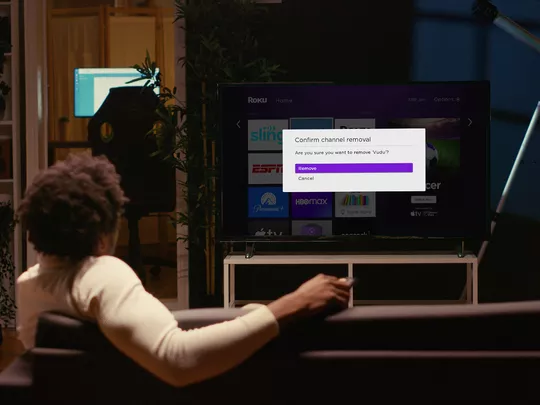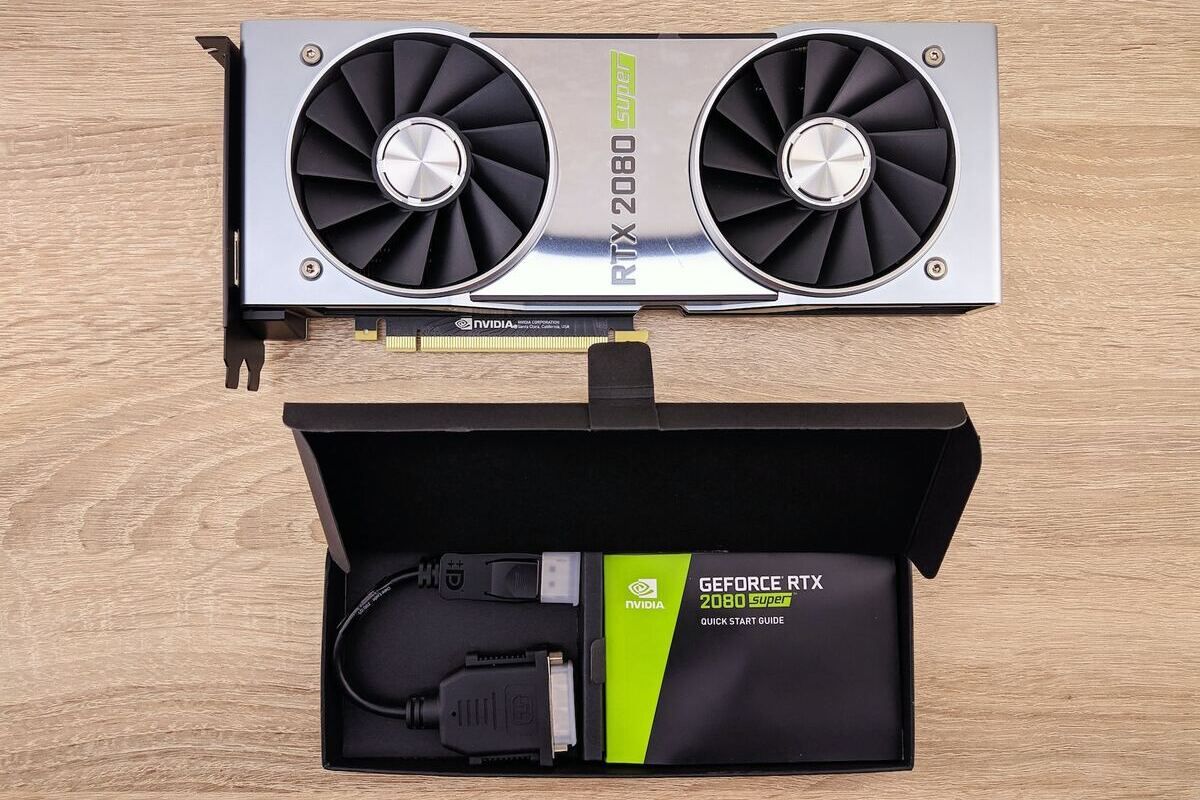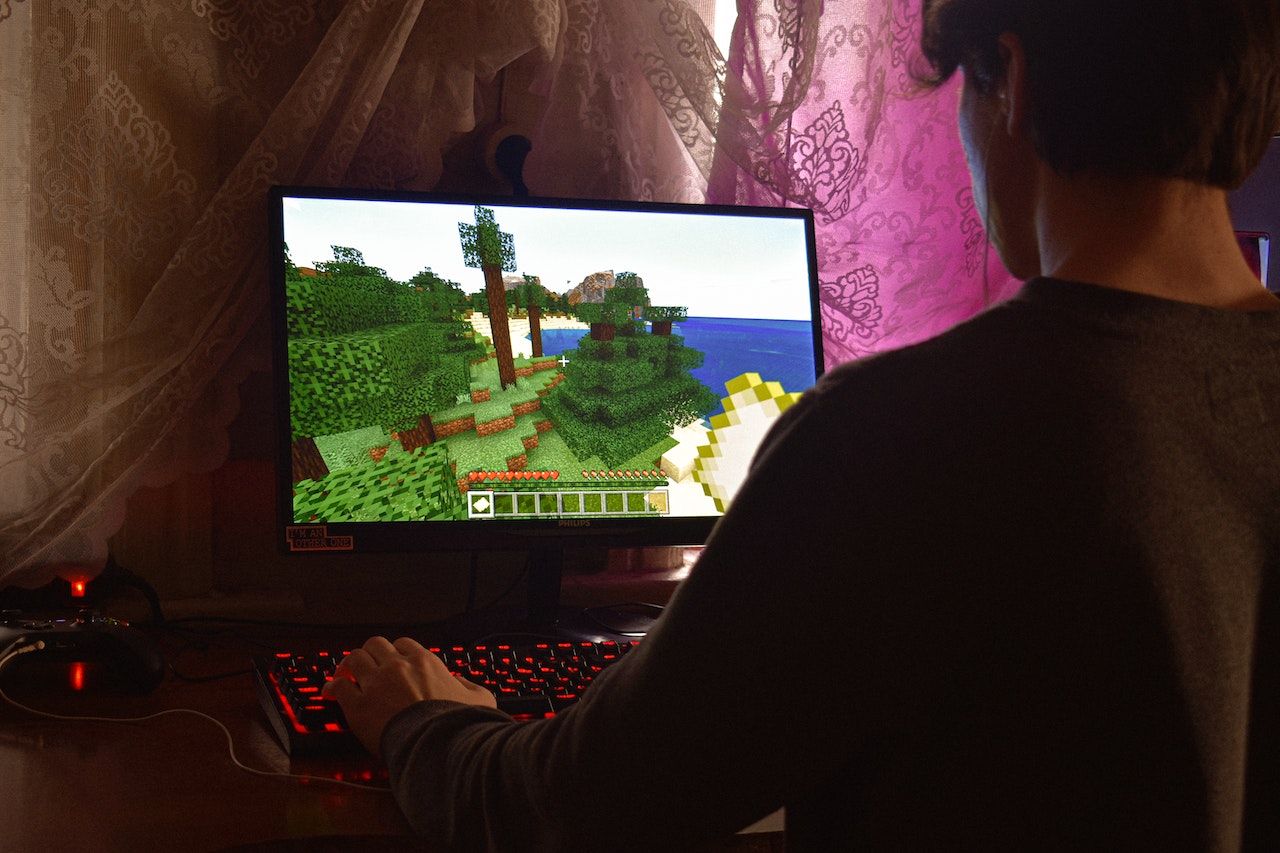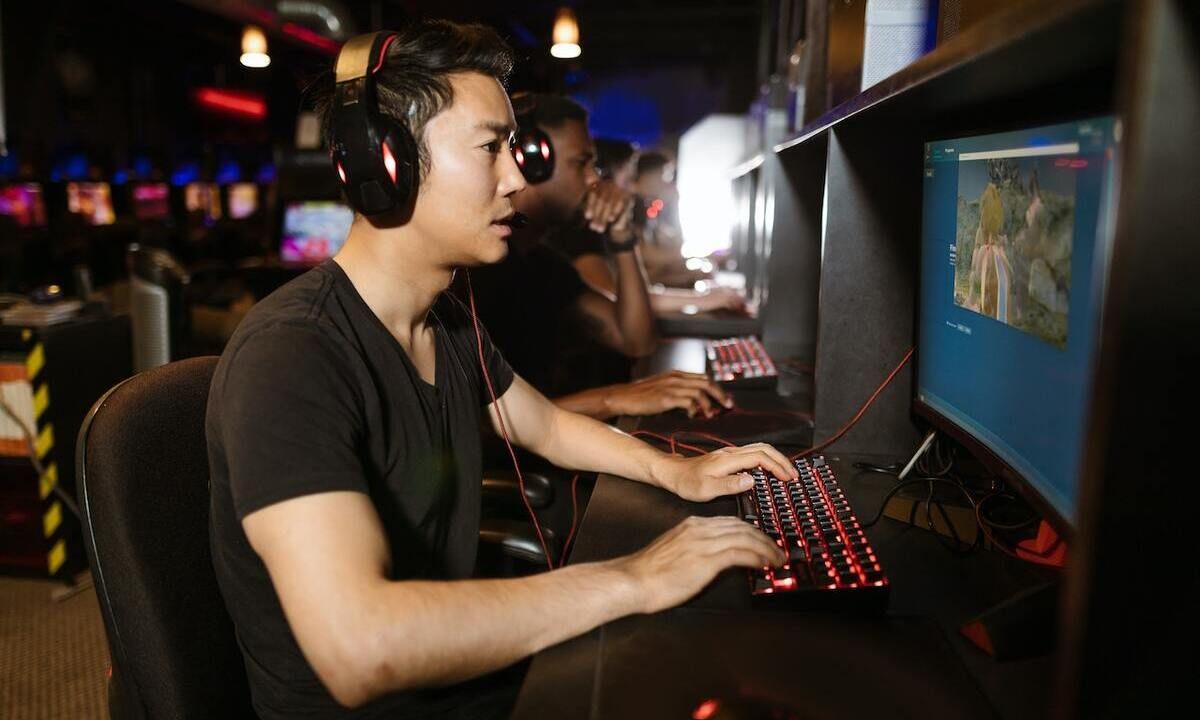
Optimizing Performance? Here's Why to Rethink Ray Tracing

Optimizing Performance? Here’s Why to Rethink Ray Tracing
Ray tracing has been a hot topic ever since NVIDIA popularized it with the launch of its RTX 20-series graphics cards. It’s a rendering technique that traces and pinpoints the trail of light to render it close to how it works in reality. As a result, you get incredibly realistic reflections and illumination across scenes.
However, ray tracing had some obvious flaws when it was introduced to gamers. It’s an impressive rendering method, but people were quick to point out issues with performance and limited support. Unfortunately, the situation hasn’t improved much since then. We’ll be taking a look at some arguments that explain why ray tracing isn’t worth it in its current state.
1. Ray Tracing Drastically Affects Performance
Ray tracing is highly effective when it comes to illuminating certain scenes in video games. Battlefield V uses the technique to show reflections of troops in the water. Similarly, the game Control uses contact shadows to generate more accurate and detailed character reflections.
The major tradeoff here is that ray tracing trades visuals for performance. With ray tracing turned on, your frame rate will be halved in certain games. This means that many games are nearly impossible to run with certain graphics cards, especially at higher resolutions.
While there are ways tooptimize your Windows 10 PC for performance , you might want to stay away from ray tracing until the performance hit gets lower.
2. Ray Tracing Requires Expensive Hardware

Ray tracing can be very taxing on the graphics card, so you’ll need a GPU that has enough horsepower to handle it at higher resolutions. The only problem with that is the fact that graphics card pricing is a tough pill to swallow these days.
Certain modern games refuse to run on lower-end or budget GPUs. If you enable ray tracing on top of that, you’ll quickly find out that cheap hardware just doesn’t cut it for ray tracing. You’ll need to buy an expensive graphics card, and then a powerful processor to go along with it. It’s a slippery slope, and you’ll end up spending more than you think.
The interesting thing is that you can easilysecure parts for a well-rounded PC for a decent price. However, ray tracing can throw a spanner into the works and increase your initial costs.
3. The Experience With Ray Tracing Varies From Title to Title
Let’s say you decide to stomach the costs andbuy a powerful graphics card . Great, you’ll certainly get better performance in games along with excellent visuals. The only problem is that your experience won’t be consistent across the board. It’s up to the developers how to implement the technology, and each game will require a different level of attention.
The experience depends on what art style the game uses, how many reflective surfaces it has, and how well-optimized it is. Sometimes the difference is barely noticeable, and other times it’s completely game-changing. All of that is because it’s still a work in progress. The tech needs to mature more before you get a consistent and seamless experience.
4. Limited Games Support Ray Tracing

According to a2021 NVIDIA news post , the list of video games that support ray tracing is somewhere around a couple of hundred. While that might sound impressive, you need to look at it from a different perspective. Steam is home to over 50,000 games on PC, and the number of games that support ray tracing is tiny in comparison.
Of course, more games that support the feature will roll out inevitably. However, this disparity shows that even a lot of developers are not confident with the technology yet. This is especially true for indie developers on tighter budgets. Ray tracing optimization can eat up a lot of time and resources if you want to do it right.
5. Ray Tracing Requires Upscaling to Negate the Performance Hit
NVIDIA knows that most of you won’t bother shelling out thousands of dollars for a gaming PC, so it decided to wave its magic wand. To counter the performance issues, some NVIDIA GPUsuse Deep Learning Super Sampling (DLSS) to improve framerates . It’s an upscaling technology that renders a game at a lower resolution, then upscales it to your monitor’s native resolution.
Upscaling technology usually isn’t that great, but DLSS is surprisingly decent. Depending on the settings, the difference in quality is not noticeable. You also end up getting better frame rates because of the lower render resolution. However, there are some drawbacks to this.
DLSS works great on 1440p and 4K monitors, but the loss of detail is more noticeable on 1080p monitors. Considering 1080p is still the most common resolution for PC gaming, that’s not a good look. The upscaling can also cause bugs or graphical artifacts in some games if not optimized correctly. Much like ray tracing, DLSS still needs time to mature.
6. A Good Number of GPUs Don’t Support Ray Tracing

Another big problem with ray tracing is the fact that only certain graphics cards will support the feature. If you have an older NVIDIA GTX graphics card instead of an RTX one, then you’ll be left without ray-tracing. So, the only solution you’re left with is to upgrade.
The situation is even worse with AMD graphics cards, as the performance hit is even worse on that side.AMD’s FSR technology is similar to NVIDIA’s upscaling technique , but it doesn’t quite compare in terms of performance.
Now, even if you buy a graphics card that supports ray tracing, you could get stuck with an older version of DLSS. NVIDIA’s RTX 20-series and 30-series GPUs support DLSS 2, but you can only get DLSS 3 on the newer RTX 40 series. Your options are very limited either way.
7. Most Surfaces in Games Aren’t Reflective Even With Ray Tracing
The thing about ray tracing is that it looks excellent in games it was specifically designed to look good with. For example, NVIDIA itself pushed the impressive results of ray tracing in Metro: Exodus and Battlefield V. Sure enough, the result is very impressive. The only problem is that a lot of surfaces in games aren’t reflective, so a lot of your games won’t look that good.
However, ray tracing can be used for more than reflections. You can use it for global illumination, shadows, refractions, and other lighting effects. Unfortunately, most games just use traditional rasterization for visuals and bring out ray tracing for certain scenes. This circles back to the inconsistent experience and lack of optimization.
Ray Tracing Needs More Time in the Oven
Many gimmicks have tried to take the gaming industry by storm, and most of them failed. 3D Gaming, the Kinect, and the DualShock 4’s touchpad immediately come to mind. However, while ray tracing isn’t something to fall head over heels for right now, it will improve in the future.
NVIDIA’s latest version of DLSS negates some of the performance difference, even if it only works on a select few cards. Ray tracing will eventually become common in most games, and that’s when you should worry about having a GPU that supports it. The situation isn’t perfect right now, but at least ray tracing is a better experience than HDR gaming on PC.
FAQ
Q: Why Is Ray Tracing So Demanding?
By the nature ofhow ray tracing works , it is very taxing on your GPU. This is because rendering light and shadow in video games is quite difficult and will use up a lot of the processing power of your hardware. But on the bright side, ray tracing does make light and reflections appear more realistic.
Q: How Realistic Is Ray Tracing?
Because ray tracing emulates how light refracts and reflects in the real world, playing a game with ray tracing makes the environment feel alive and representative of real life. Alternatively, if you play a game without ray tracing, you will probably notice static lighting or uncanny environments, which can detract from the fantasy of gaming.
Q: Is Ray Tracing Worth It if You Run Your Games at 4K?
Running your games at 4K resolution may improve your visuals, but enabling ray tracing alongside 4K visuals will drastically lower your frame rate unless you have a high-end GPU. Even then, the performance of your games will vary from title to title, and you may need to enable upscaling through DLSS in supported games to accommodate for the performance drop.
Also read:
- [Updated] In 2024, Step-Wise Technique Turn Video Upside Down in VLC Media Player
- 4 Feasible Ways to Fake Location on Facebook For your Vivo Y02T | Dr.fone
- A List of Blizzard Masterpieces Needing a Second Chance From MS
- A Week with a Split Ergo-Keyboard: How It Changed My Tech Habits Forever - Insights & Tips
- Advanced Methods for Automatic Game Highlighting
- AI Puzzles Unraveling Virtual Crime Stories
- AI Showdown: Notion Vs. GPT-3 - Determining The Top Generation Model
- Are High-End Macs Shaping Up Future Gaming Scenarios?
- Batocera Vs. RetroPie: Which Is Better for Raspberry Pi Retro Gaming?
- Best 6 Games for Versatile Streamers to Play
- Best App to Track Your Games' Journeys
- Best of Both Worlds: 15 Unique Mobile Dual Play Games
- Free Download: Zexmte USB Bluetooth Dongle Driver Software for Microsoft Windows Operating System
- How To Change Your Apple ID Password On your iPhone SE | Dr.fone
- Overcoming Audio Hurdles: Effective Strategies for Dealing with Recent Sound Disruptions
- PC Trouble? Here's the Solution for Payday 2 Not Starting Correctly
- Top-Rated iPad Gadgets and Peripherals : A Comprehensive Guide
- Title: Optimizing Performance? Here's Why to Rethink Ray Tracing
- Author: William
- Created at : 2024-11-20 01:10:45
- Updated at : 2024-11-25 10:33:52
- Link: https://games-able.techidaily.com/optimizing-performance-heres-why-to-rethink-ray-tracing/
- License: This work is licensed under CC BY-NC-SA 4.0.